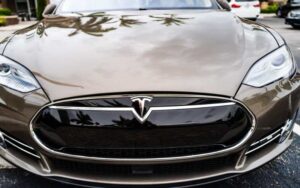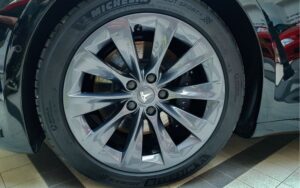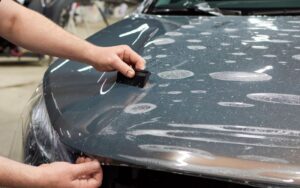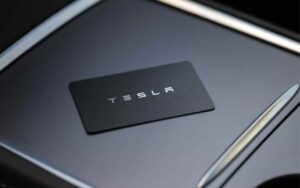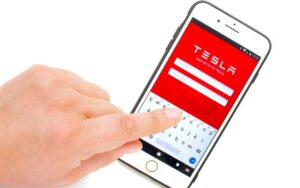Tesla Brake Fluid: All You Need To Know
Last updated on April 18th, 2023 at 11:16 pm
As a Tesla owner, aspiring owner, or fan, you may wonder if Tesla vehicles use brake fluids.
The uncertainty regarding this question likely arises because Tesla is an electric vehicle with different requirements from regular cars.
If you’re driving a Tesla or plan to purchase one, you’ll need to get acquainted with the vehicle and how it operates. Fortunately, you’ve come to the right place to learn all about Tesla brake fluids.
All Tesla vehicles require hydraulic brake fluid because they have disc brakes on all wheels. Although regenerative braking supplies the force needed for braking, applying brake fluid is still necessary. The reason is that it amplifies force and aids its transformation into pressure. It also enables faster transmission of braking pulses and increases the Anti-lock braking system’s sensitivity.
I’ll shed more light on Tesla’s brake fluid in this article; by discussing the kind of brake fluid, the vehicle requires and guiding you on how often to change the brake fluid.
By the end of this read, you’ll have garnered all the information you need about Tesla brake fluid.
Is There Brake Fluid in a Tesla?
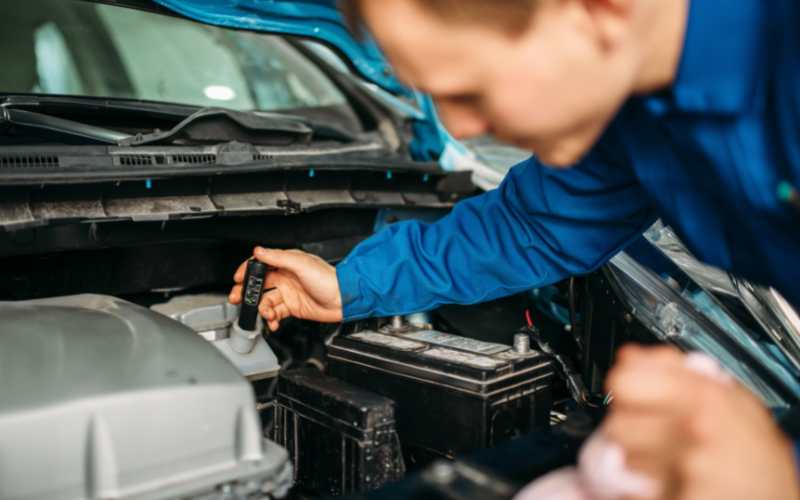
Yes, there is brake fluid in a Tesla. The presence of the brake fluid is necessary to generate the applied pressure that enhances braking.
A Tesla brake fluid helps keep the anti-lock braking system efficient and in perfect condition.
However, Tesla cars do not use just any brake fluid, as there is a specified type that is compatible with them.
Therefore using an incompatible hydraulic fluid will pose a detrimental risk to your vehicle.
Whenever Tesla technicians carry out routine checks on your vehicle, the service technicians always inspect the brake fluid, as it is vital to the locomotion of your car.
You can find the hydraulic fluid in a reservoir beneath the hood. But to access the reservoir, remove the maintenance panel after opening the hood.
However, this is only necessary if you want to check the level of fluid left in the car. Tesla recommends that you check the brake fluid health every two years.
Please, note that it’s highly risky to try changing or topping the braking fluid yourself.
The Tesla company warns against it and advises users to contact Tesla support if there is any trouble with the hydraulic brake fluid in the reservoir.
What Kind of Brake Fluid Does a Tesla Use?
According to the US Department of Transportation, brake fluids have four major types. The distinct compositions and differences in boiling points characterize the fluids.
Below are the four types of brake fluids for vehicles:
- DOT 3
- DOT 4
- DOT 5
- DOT 5.1
Tesla vehicles can use two brake fluids listed above: DOT 3 and DOT 4. It isn’t surprising because most cars use the DOT 3 hydraulic fluid.
On the other hand, the DOT 4 braking fluid works perfectly with anti-lock braking systems. Hence, both hydraulic fluid types are compatible with Tesla electric vehicles.
As for the DOT 5 brake fluid, it is suitable for classic cars that stay in storage for a long while because it is non-water absorbent.
The DOT 5 brake fluid is compatible with heavy-duty, high-maintenance transport motors.
Below is a table depicting the differences between the various types of braking fluids.
| Fluid Type | Composition | Dry Boiling Temperature | Wet Boiling Temperature |
|---|---|---|---|
| DOT 3 | Glycol Ether | 205°C/401°F | 140°C/284°F |
| DOT 4 | Glycol Ether/ Borate Ester | 230°C/446°F | 155°C/311°F |
| DOT 5 | Silicone | 260°C/500°F | 180°C/356°F |
| DOT 5.1 | Glycol Ether/ Borate Ester | 260°C/500°F | 180°C/356°F |
How Often do You Change Brake Fluid on a Tesla?
It’s essential to change the brake fluid in your Tesla vehicle regularly to ensure it functions properly.
However, there is no stipulated timing to follow when changing the hydraulic fluid for your electric vehicle, but you should check it once every two years.
You can decipher when a change is necessary by checking the brake fluid level of your car.
For example, if your Tesla vehicle is a rear-wheel drive model, you can visually assess the fluid level.
But it’s pertinent that you don’t try to take out the filler cap to add fluid yourself.
If you do so, you may risk creating grave damage, which, unfortunately, will not be covered by your warranty. So, stick to the instructions and stay on the safer side.
To check the fluid level in a Tesla model, you have to look at the fluid marks. You can find the fluid marks written on the side of the reservoir tank.
The fluid mark has three headings: minimum, normal, and maximum.
The Minimum mark is closer to the base of the reservoir, while the normal is at the middle, and the maximum is at the topmost level.
You’re good to go if your fluid level is anywhere between the maximum and minimum mark.
However, if you notice that the fluid level has dropped below the minimum level, you’ll have to park your car and contact Tesla.
So, here’s how to check the fluid level in your vehicle:
- First, park your Tesla on a bare spot that’s smooth and balanced.
- Remove the maintenance panel so you can view the reservoir properly.
To remove the maintenance panel, follow these instructions:
- Alight from your Tesla vehicle and lift its hood.
- Take hold of the Maintenance panel and pull it upwards to free its positioning clips.
After doing this, you’ll have a good view of the fluid marks outside your reservoir. Then, when you’ve taken cognizance of the fluid level, ensure to reattach the maintenance panel.
Ensure that the maintenance panel is well seated to prevent water intrusion leading to water damage.
However, you may rarely need to perform this check yourself because Tesla handles this during routine checks.
But you should reach out to Tesla if you notice a pedal movement increase or a drastic brake fluid reduction.
You should also be on the lookout for a red brake indicator on the panel, which pops up as a notification when the brake reservoir drops significantly.
What is the Best Brake Fluid for Tesla?
As a Tesla user, you have two categories of brake fluids to choose from, as already stated above.
You can use any hydraulic fluid in the DOT 3 or DOT 4 category for your braking system. They’re both suitable for all driving conditions.
DOT 3 is always a good choice because it preserves low BP and reduces the risk of corrosion in the braking parts since it is less absorbent.
But you should note that DOT 4 braking fluid has a Lower viscosity and is specifically good for anti-lock braking systems.
Most Tesla cars use the DOT 3 brake fluid, but some use DOT 4. The best braking fluid for your car is always the recommended one.
So, it would be best if you went through the manual for your specific Tesla model to decipher which is best. Feel free to use whichever you choose if the manual doesn’t specify.
However, ensure that you only use fluid from a sealed container. Also, don’t use leftover fluid; always get a new brake fluid container for a change or top-up.
Using leftover brake fluid heightens the chances of moisture absorption, which weakens braking performance.
So, to be safe, abide by all instructions and contact Tesla’s customer service if you need further help.

Hey, I’m Michael Davis, a 35-year-old with a degree and a love for cars and tech. Since I was a kid, cars have been my thing—so much that I even thought they ran on magic beans! Fast forward, and I’ve built Vehicle Army, your one-stop-shop for easy-to-understand car facts.

